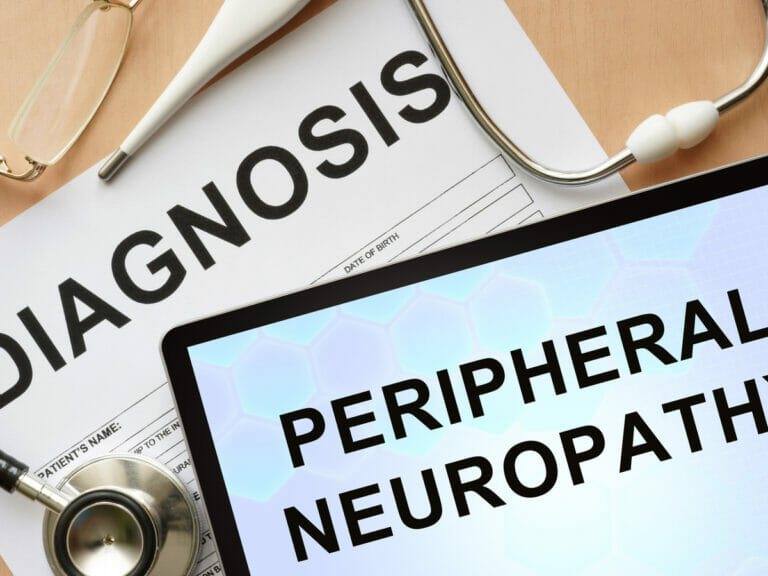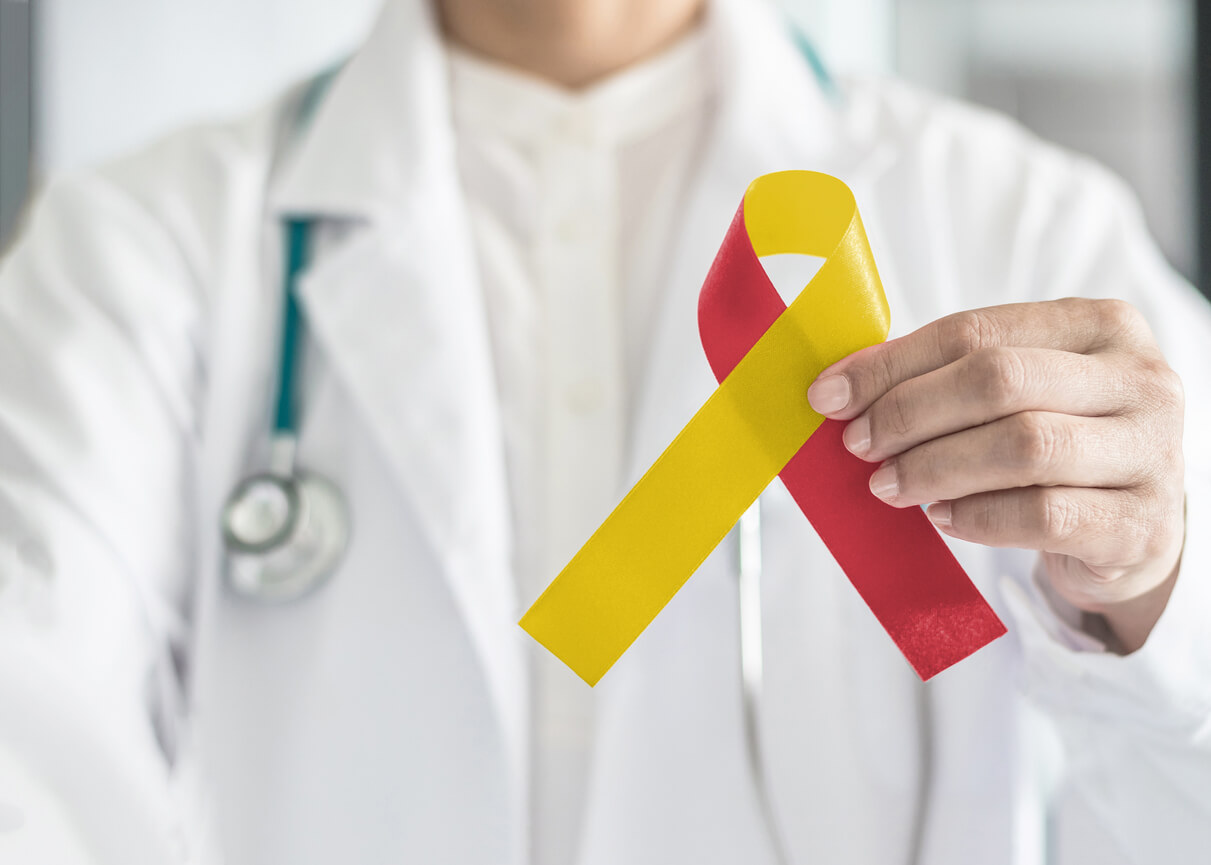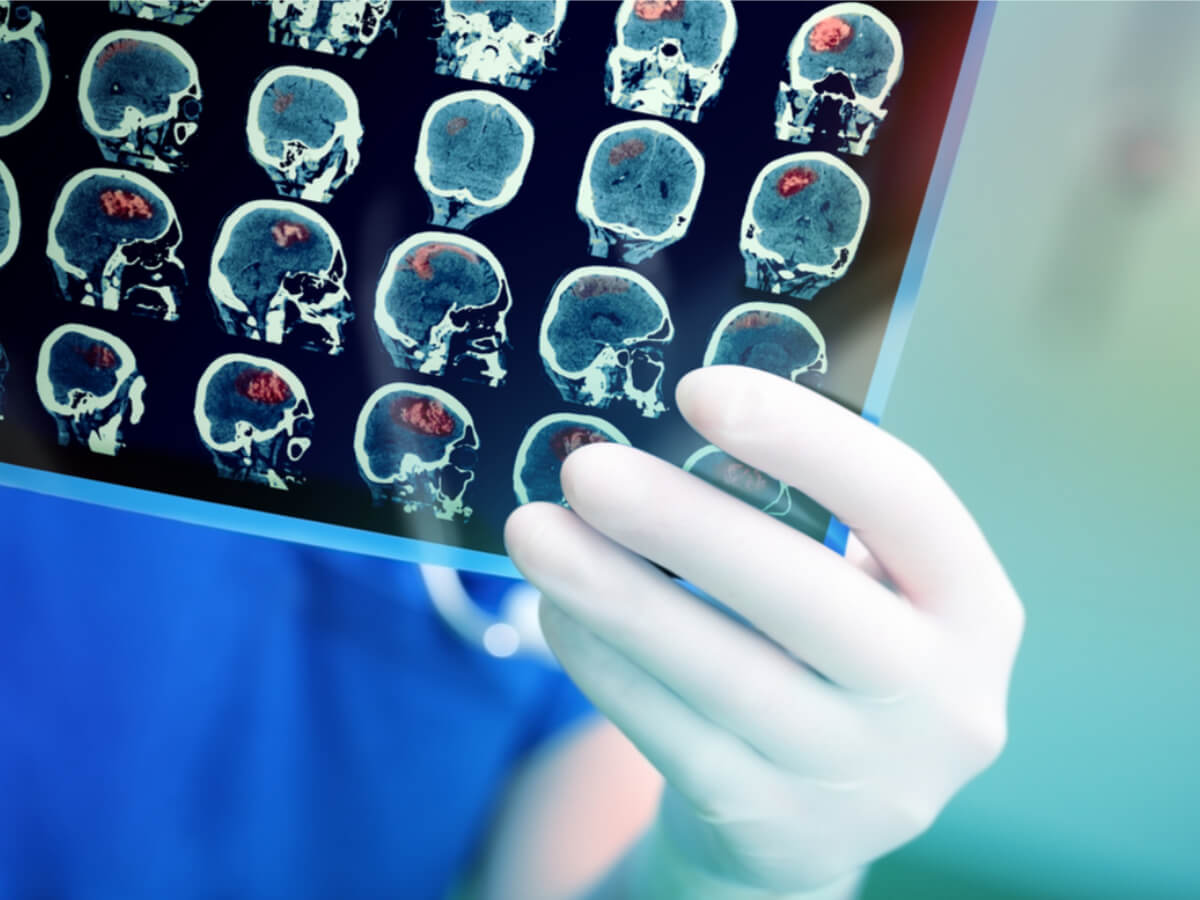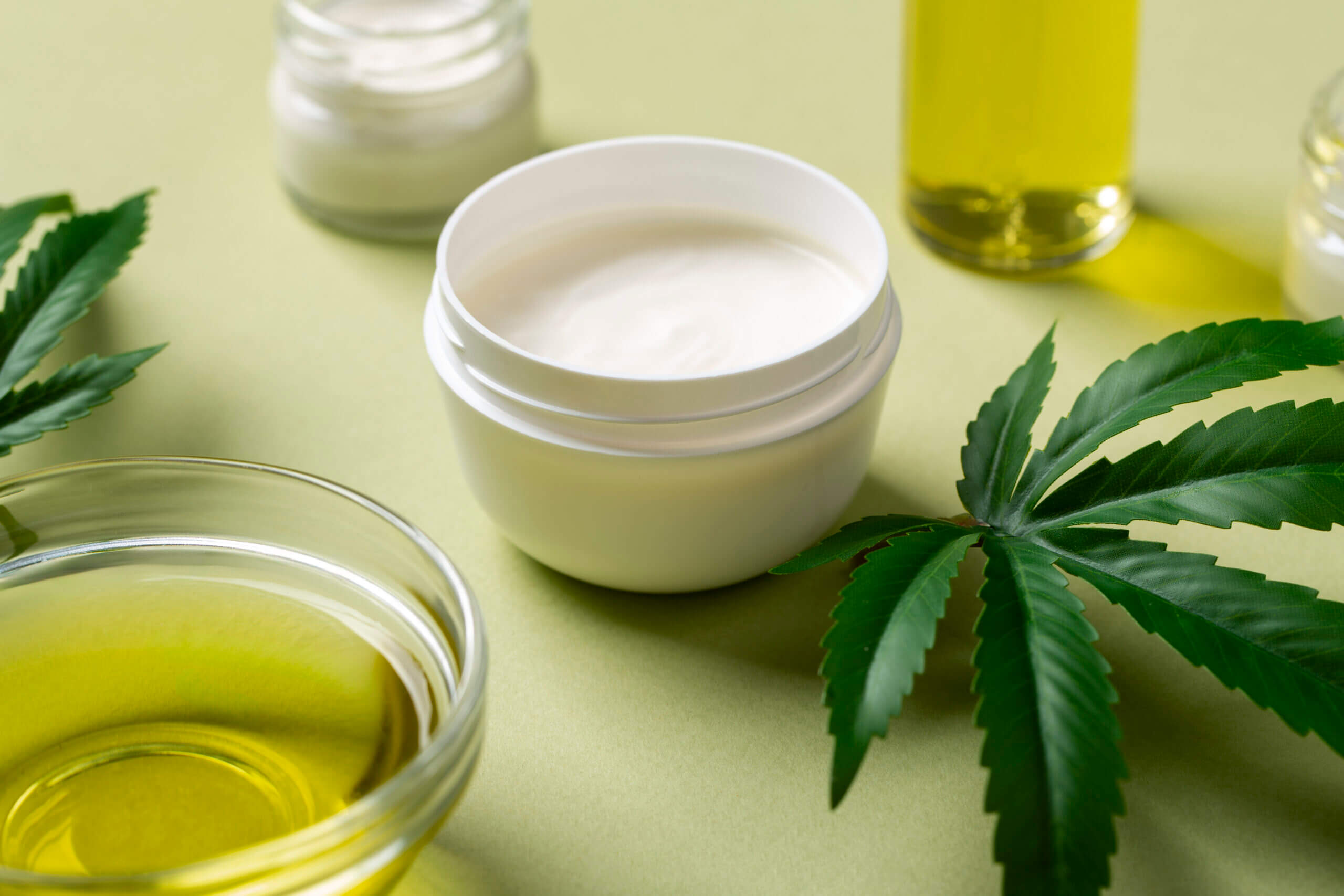Did you know that more than 20 million Americans suffer from peripheral neuropathy? However, the number might be more significant as not all people go through the process of evaluation and testing.
As the medical field learns more about neurology, more and more neuropathy treatments are becoming available. These new treatments help patients manage their symptoms and increase their quality of life.
One relatively new treatment for neurological conditions is medical marijuana. Medical marijuana has proven effective in managing seizures, multiple sclerosis, muscular dystrophy, and many other medical disorders.
As this form of treatment continues to prove beneficial among doctors, researchers, legislators, and the public, it has become legal in 29 states, including Pennsylvania, for medical use. Medical cannabis uses the marijuana plant and its chemicals to treat certain conditions. As with traditional medications, there are various ways of taking medical marijuana.

You may have come across medical cannabis as a potential therapy option during a search for peripheral neuropathy treatments. But is medical cannabis a viable alternative? Let’s look at some answers below.
What Is Neuropathic Pain?
Injury to nerve cells in the brain and spinal column causes neuropathic pain, which can be excruciating. The following are three conditions that are frequently related to acute and persistent neuropathic pain:
- Diabetic neuropathy is found in the feet and hands
- Post-herpetic neuralgia or shingles
- Sciatic nerve pain is also a common complaint in older adults and cyclists
It is possible to have neuropathic pain due to herniated discs in the spinal column. This is because the herniated discs squeeze the nerves as they leave the spine and travel to the rest of the body to operate the muscles and nerve fibers.
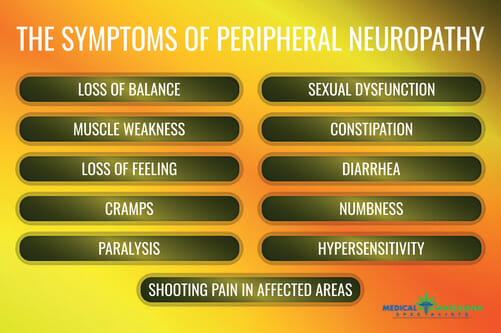
Prickling, numbness, tingling, and piercing feelings are all characterized as neuropathy symptoms. These sensations may be in local areas or can travel down the arms or legs due to the disease. Numbness or a total absence of feeling characterizes this kind of pain.
Neuropathy caused by diabetes occurs due to prolonged exposure to high blood sugar levels. This exposure to sugar damages nerve fibers in the body’s limbs. This causes them to tingle and prickle.
When you injure the spine, it can also result in discomfort that spreads down one or both legs, which can cause numbness in the toes. In addition, certain forms of chemo and radiotherapy can cause nerve damage. This results in pain that lasts for years after completion of the treatment.
What Is Medical Marijuana?
Cannabis, sometimes known as marijuana, is a plant that produces physiologically active chemicals in its leaves, flowers, and buds. Manufacturers use these parts to make cannabis products like concentrates, oils, and tinctures.

Medical marijuana doctors prescribe medical cannabis to patients to alleviate symptoms such as chronic pain, exhaustion, and appetite loss, amongst other ailments. It is also used by those suffering from AIDS, cancer, peripheral neuropathy, or multiple sclerosis.
THC and CBD in Medical Cannabis
THC and CBD are the two most physiologically active compounds present in cannabis, and they are also the most widely available. THC affects your ability to think, act, and feel rational. THC has the potential to make you feel drunk or “high,” but CBD has the potential to alleviate pain and other conditions.

There are many different varieties or strains of cannabis. In addition, each cannabis plant has its ratio of THC to CBD. CBD and THC are two molecules connected to the production of psychoactive effects in humans. Even though the marijuana plant includes more than 100 distinct components, the two most often used substances for medicinal purposes are:
- Delta-9-tetrahydrocannabinol (THC)
- Cannabidiol (CBD)
It’s known that CBD, in contrast to THC, provides the “high” associated with marijuana intake, has little or no psychoactive effect on the user.
One of the reasons that medicinal marijuana is so effective in the treatment of a wide variety of diseases is that the substances it contains are chemically similar to those found in the body. These chemicals are the ones responsible for the senses of hunger, memory, movement, and pain, among other functions.
Knowing what medicinal marijuana is and how it functions has allowed us to better understand the subject matter.
If you have a medical issue, your doctor can advise you on the various strains of marijuana you could try, as well as any potential adverse effects they could have.
Studies on the Use of Medical Marijuana in Neuropathic Pain
Over centuries, many civilizations have used marijuana to cure a broad range of painful diseases. Neuropathic pain is a complex illness that is difficult to treat with the medications available today.
Recent studies have revealed that the endocannabinoid system plays a critical role in the underlying processes of neuropathic pain. As society progresses and medical cannabis regulations soften, people are becoming more amenable to the concept of using cannabis to alleviate neuropathic pain.
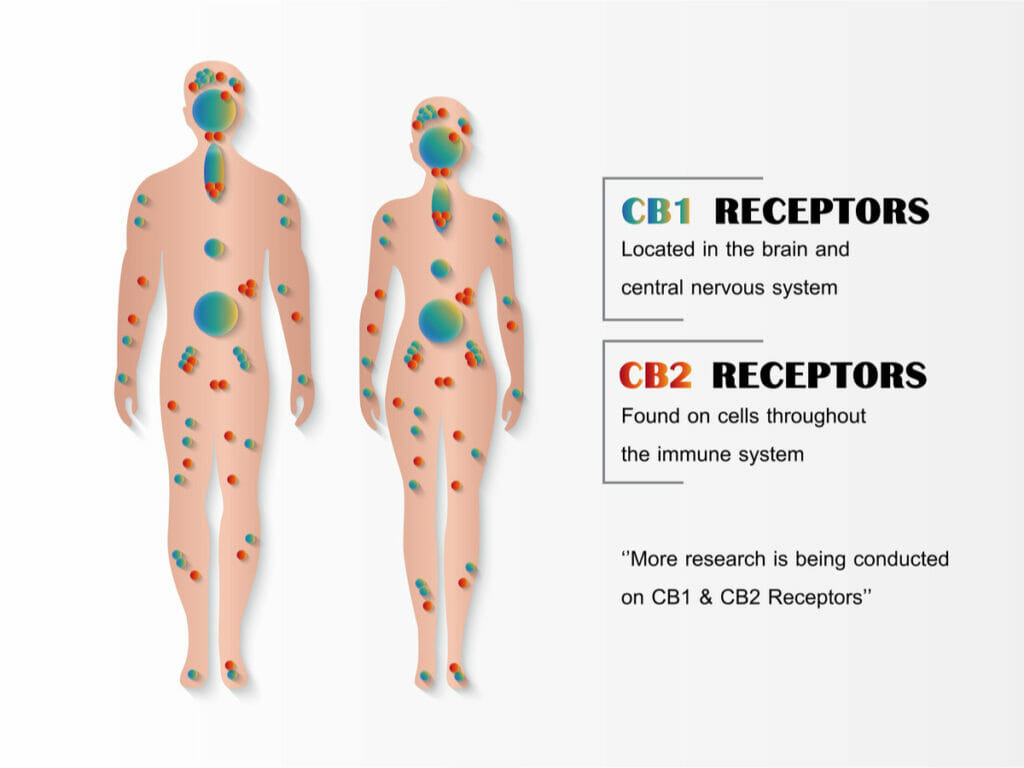
There are basic scientific studies as well as data from recent randomized controlled trials evaluating medicinal cannabis for neuropathic pain management. These trials included individuals with a variety of neuropathic pain diagnostic criteria. But, also using medicinal cannabis with varying THC concentrations and modes of administration.
Multiple randomized controlled trials established the effectiveness of medicinal cannabis in the treatment of neuropathic pain, with a number required to treat values comparable to existing treatments.
Despite the limitations of small sample numbers and short research length, data does show the effectiveness and safety of short-term, low-dose cannabis vapor and oral administration for the treatment of neuropathic pain.
The findings imply that medicinal cannabis may be as acceptable and effective, if not more, as the currently available white-coat neuropathic medications.
However, further research is needed to evaluate the long-term consequences of medical cannabis usage. Furthermore, ongoing research to improve dose, cannabinoid ratios, and other methods of administration will serve to refine medicinal cannabis’s therapeutic effect in neuropathic pain.
Methods of Intake of Medical Cannabis
Now that you’ve learned some fundamental medical cannabis facts and advantages, you’re probably wondering how to consume it.
Currently, there is a wide range of alternatives available, ranging from:
- Oils and tinctures
- Medical marijuana tablets and capsules
- Medical cannabis lotions
- Foods such as milkshakes, and coffee mixes, among others, containing medical marijuana
Medical Marijuana Oil or CBD Oil
Medical marijuana oil is a kind of cannabis oil that contains a high concentration of cannabidiol (CBD). The potency of the CBD oil determines how much and how you should take the oil.
The recommendation is of 250mg concentration of CBD oil three times a day when you start. You should use roughly five drops beneath your tongue to have the desired effect. Of course, it goes without saying that you can also use them to flavor juices and beverages like tea and coffee.

Tinctures With Cannabidiol (CBD)
What is a tincture, and how does it work? It is a solution you take orally, either with a dropper or a spray. You should make an effort to keep it in your mouth for a few moments before swallowing it, although it will likely be a bit bitter.
Tinctures are commonly mistaken for oils, but at essence they are not the same. Be sure to ask your medical marijuana doctor what that means for you.
Medical Marijuana Tablets
Medical marijuana tablets are a type of medication that contains cannabidiol. Additionally, you can use CBD in the form of tablets or capsules. This is an excellent method to keep track of how much CBD you’re taking into your body daily.
The only drawback of pills is that you must wait 30 minutes to an hour before feeling the benefits. That is because the medication must pass through your whole digestive tract to be effective.
Smoking and Vaping
You have the option of choosing between smoking and vaping as a method of obtaining your medical marijuana intake, depending on your state. In Pennsylvania, only vaping is allowed at the present time. This method might be helpful because you feel the benefits practically instantly.
The method you use to administer your CBD will significantly impact how long it takes for the cannabinoid to begin to exert its effects. Generally speaking, taking medical marijuana orally might take anywhere from 30 minutes to 2 hours to start functioning. This, of course, depends on the concentration of the CBD in edibles such as the pill, oil, or consumables.
If you prefer to smoke or vape medical cannabis, it can have an almost immediate impact. This will result in relaxation and anxiety relief that is noticeable nearly immediately after inhaling it.
You have to understand the impact of the various methods of consuming medicinal marijuana and how the body reacts to it. Each approach results in a different period of absorption rate of the medication by the body.
Over-the-Counter Neuropathy Treatments
Anti-inflammatory over-the-counter drugs are the most often utilized treatments to treat neuropathy in the United States. These over-the-counter medications include:
- Advil tablets
- Opioid drugs
- Anti-seizure medications
- Some anti-depressants
Each of the prescription-only drugs has adverse effects that many individuals cannot live with.

The most common adverse effects of these medications are as follows:
- Continuous fatigue
- Feeling drowsiness
- Weight gain
- Reduced concentration
- In severe cases, increased risk of depression and suicide
These are some of the reasons why more people are turning to alternative neuropathy treatments like medical cannabis.
Medical Cannabis Neuropathy Treatments
In the case of medical cannabis, the evidence supporting its usefulness in treating chronic pain is complicated and contested. Therefore, many comprehensive reviews and studies have been carried out. These studies have reached both positive and negative results.
As a result, the emergence of medicinal marijuana as a treatment for chronic pain is a welcome relief. Marijuana, also known as cannabis, has a long tradition of use and it’s shown to have certain health advantages.
Many swear by marijuana’s pain-relieving properties. Doctors are beginning to believe it helps those who have few other options.
How Should Neuropathy Be Treated With Medicinal Marijuana?
CBD-isolated products should be used first for neuropathy treatment, at a dose of 25 to 75 mg per dosage. Then, patients who want or need further treatment may gradually increase their THC dosage by 2 to 5 mg until their pain is regularly managed.
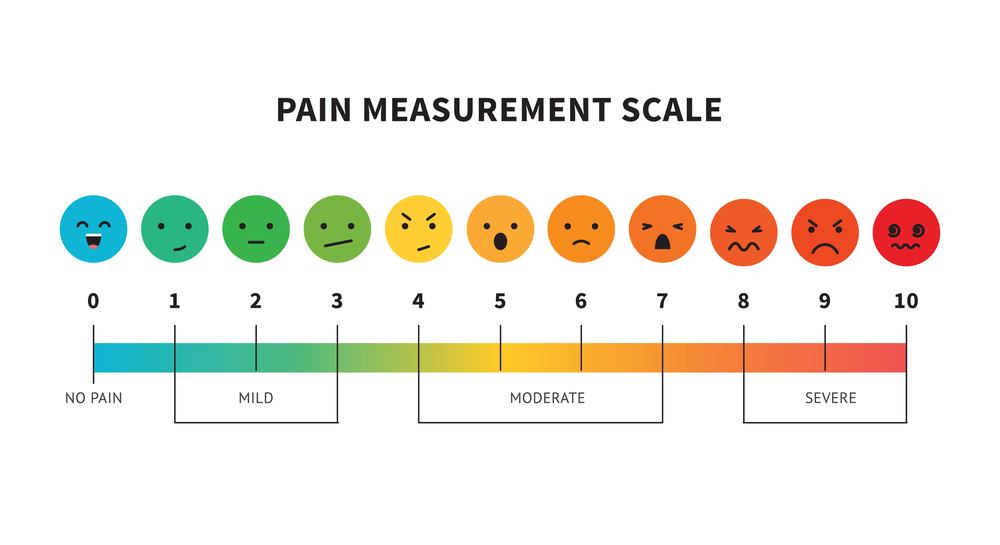
For Moderate to Severe Pain
Sublingual auroral administration is recommended for the treatment of moderate to severe neuropathy pain. Sublingual is the method of administration of cannabis. Instead of smoking, ingesting, or applying it as a topical cream, it is absorbed straight via the mucus of your mouth.
This medicinal cannabis is available as lozenges, pills, tiny strips, and even sprays. You place the item beneath your tongue, where it melts and is absorbed by the body. Then, simply open your mouth and hold your tongue up in the case of a spray. It’s pretty simple to use and may be done quietly.
For More Severe Pain
If moderate amounts of CBD with low THC levels are insufficient, the ultimate stage in treating acute nerve pain is a higher dosage of CBD. This is 50 to 75 mg per dosage with moderate to high THC dosages as allowed.
The products are the most potent solutions for treating neuropathy, but they also provide the highest euphoric feeling; therefore, they may not be suitable for some people during working hours.
Localized Treatment
If the nerve damage is limited to a specific location, such as the feet and hands, you can begin therapy by administering topical CBD with other THC cream or oil.
Administer the cream or oil to the affected area every few hours. Topical therapies like these minimize exposure to the medicine. The cream and oil treatment can also be used with oral medications to boost efficacy and enhance pain relief.
Get the Relief You Deserve!

Medicinal cannabis may be helpful in neuropathy treatment. In addition, oral products such as oils, sprays, and tablets are more controllable and socially acceptable than inhaled medicines, despite their delayed onset of action.
Medical marijuana doctors should always keep the patient’s safety in mind. This is particularly important if they drive or work with heavy machinery.
Starting low and going slow is the key.Are you suffering from chronic pain? We are here to assist you in receiving the help and support you need to manage your health. Medical Marijuana Specialists serve all Pennsylvania citizens. If you need a medicinal marijuana ID card, you can get one right here.

